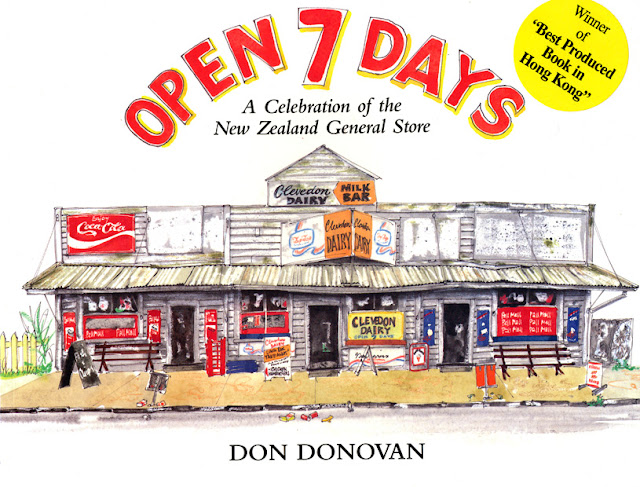This was my first novel. It is set in no specifically named location (but nearly all of its locations are in New Zealand) during the boom years before and after the stockmarket crash in the 1980s, a time of
nouveaux riches and great economic and political change.
The villain and main character is Morgan Campbell-Pye. The story begins when the author, a distant cousin and sole beneficiary of Campbell-Pye’s, finds, when putting the deceased’s affairs in order, a computer disk that contains a chilling portrait of Campbell-Pye as a killer whose sense of perfection compelled him to devise a series of perfect murders.
Campbell-Pye's story concerns his desire to belong to the Thursday Club, a group of high-status businessmen who meet socially for lunch on Thursdays. One of its members recruits a group of eight men from the Thursday Club to start a ‘tontine’ in which they each put $30,000 into a communal pot for investing; the tontine is to run for fifteen years, and if anyone dies his share is left in the portfolio.
When Philip Lawson, one of the tontine members, commits suicide, Campbell-Pye fantasizes about the possibility of the other members dying, leaving him sole beneficiary of the fund. It occurs to him that he could achieve this by murdering the others - believing that the prospect of pecuniary advantage appeals to him less than the intellectual challenge of devising undetectable murders.
With time on his side - the tontine has another twelve years to run before it matures - Campbell-Pye kills the other members of the tontine one by one, planning the murders in such a way that they cannot be traced back to him.
The Wastings is a study of a man who is obsessive and deluded.
***
Colin Dexter, author of the Inspector Morse stories wrote this letter to me after having read 'The Wastings':
'456 Banbury Road, Oxford
'Dear Don,
'A very brief line to say how much (yes!) I enjoyed and admired The Wastings. So did my wife. So did my daughter. A lovely idea & a beautifully written work. You've made a splendid debut in crime fiction. More please!
'Good luck with your opus secundum.
'Colin Dexter'
This book is still available through Amazon, ABEBooks and second hand booksellers. I also have a few copies left.
© DON DONOVAN
donovan@ihug.co.nz
















